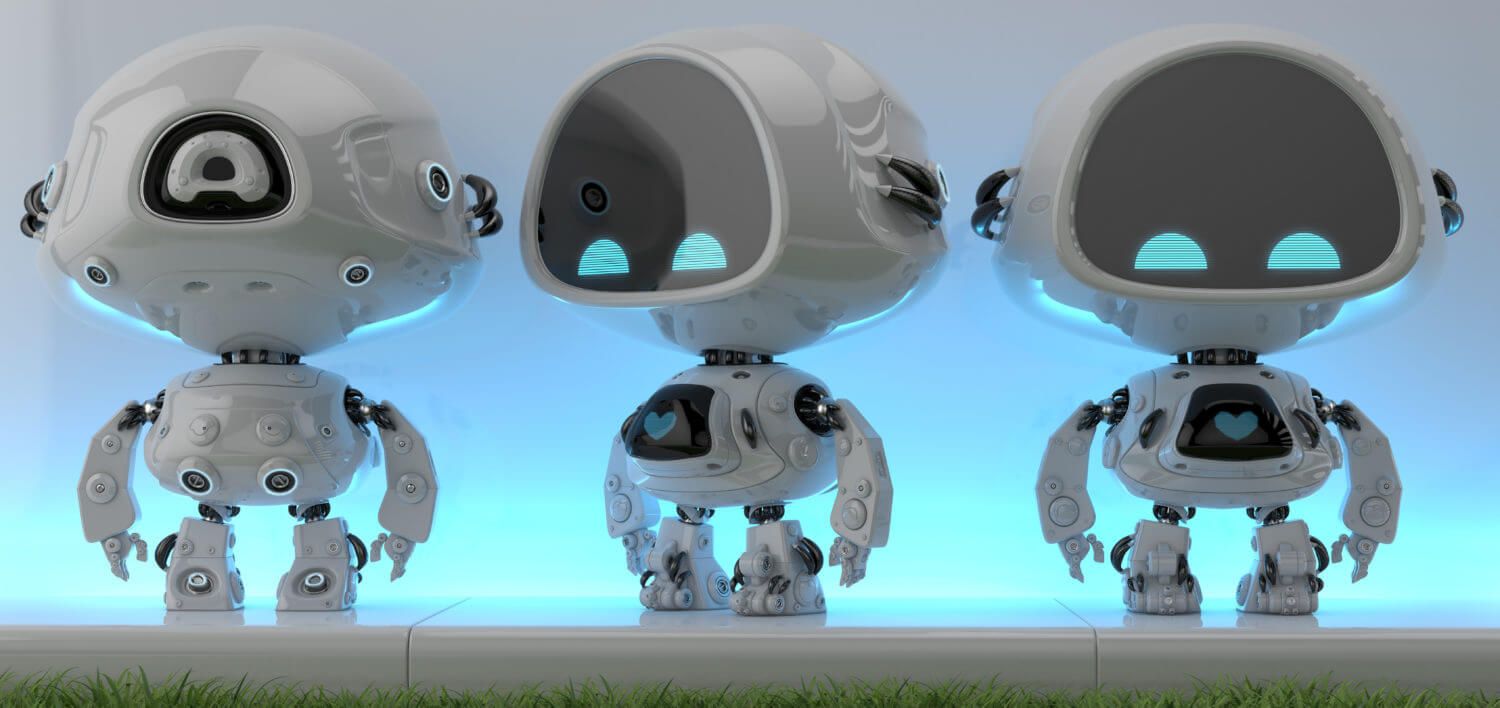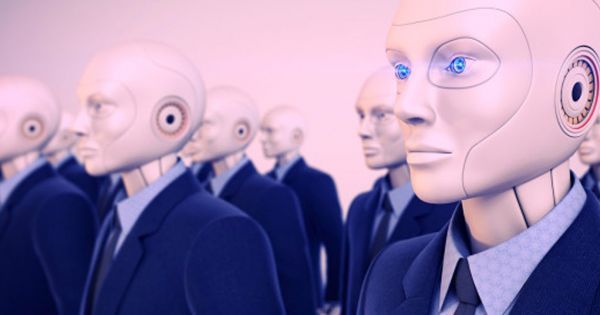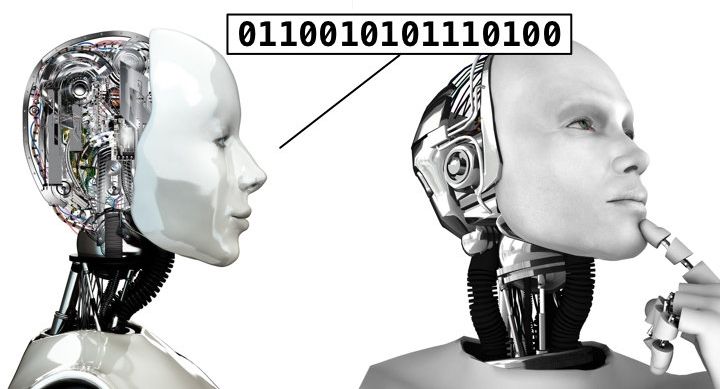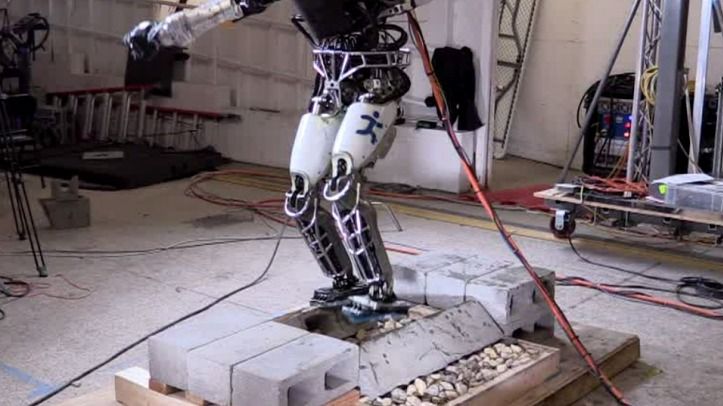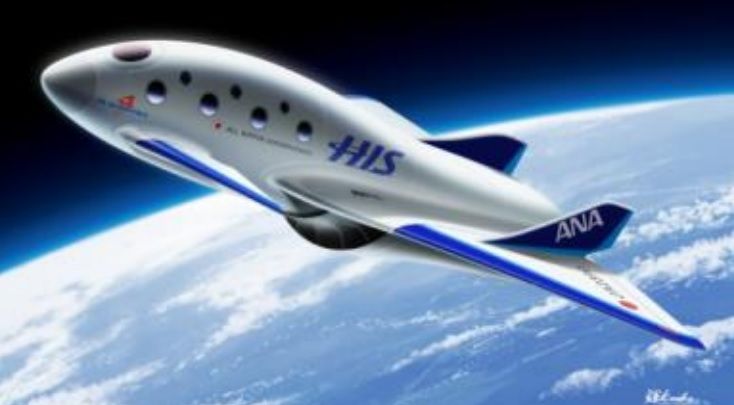Deep learning is changing how Google’s search engine works. But its new-found efficiency takes a lot of painstaking human work behind the scenes.
Driven by a declining population, a trend for developing robotic babies has emerged in Japan as a means of encouraging couples to become “parents”. The approaches taken vary widely and are driven by different philosophical approaches that also beg a number of questions, not least whether these robo-tots will achieve the aim of their creators.
To understand all of this it is worth exploring the reasons behind the need to promote population growth in Japan. The issue stems from the disproportionate number of older people. Predictions from the UN suggest that by 2050 there will be about double the number of people living in Japan in the 70-plus age range compared to those aged 15–30. This is blamed on a number of factors including so-called “parasite singles”, more unmarried women and a lack of immigration.
So, what are the different design approaches that are being taken to encourage more people to become parents? These have ranged from robots that mimic or represent the behavior of a baby to robots that look much more lifelike. Engineers at Toyota recently launched Kirobo Mini, for example, as a means of promoting an emotional response in humans. The robot does not look like a baby, but instead models “vulnerable” baby-like behaviors including recognising and responding to people in a high-pitched tone and being unstable in its movements.
Artificial intelligence and increasing automation is going to decimate middle class jobs, worsening inequality and risking significant political upheaval, Stephen Hawking has warned.
In a column in The Guardian, the world-famous physicist wrote that “the automation of factories has already decimated jobs in traditional manufacturing, and the rise of artificial intelligence is likely to extend this job destruction deep into the middle classes, with only the most caring, creative or supervisory roles remaining.”
He adds his voice to a growing chorus of experts concerned about the effects that technology will have on workforce in the coming years and decades. The fear is that while artificial intelligence will bring radical increases in efficiency in industry, for ordinary people this will translate into unemployment and uncertainty, as their human jobs are replaced by machines.
http://www.thelastofus.playstation.com/index.html
From the developers at Naughty Dog comes the sequel to one of the most critically acclaimed games of the generation. Watch the world reveal trailer that made its debut at PlayStation Experience 2016.
May contain content inappropriate for children. Visit www.esrb.org for rating information.
© 2016 Sony Interactive Entertainment America LLC. The Last of Us is a trademark of Sony Interactive Entertainment America LLC. Created and developed by Naughty Dog LLC.
Why is warp drive R&D so important for the future of mankind?
–> Primarily, because without “warp bubble” (warp drive) technology any random object that is “drifting” in space will easily be able to decommission/neutralize even the most robust spacecraft.
–> Without mankind first developing warp drive (“warp bubble”) technology, we will never reach places like Earth 2.0 (presumably in the Proxima Centauri star system).
https://www.facebook.com/SWarpDynamics
PD Aerospace, a Japanese company that’s similar to Virgin Galactic in its commercial spaceflight aspirations, has picked up two high-profile investors: ANA Holdings and the H.I.S. travel agency.
In a joint statement issued Thursday, the three Japanese companies said that they agreed in October to work together on space commercialization efforts, including space travel.

